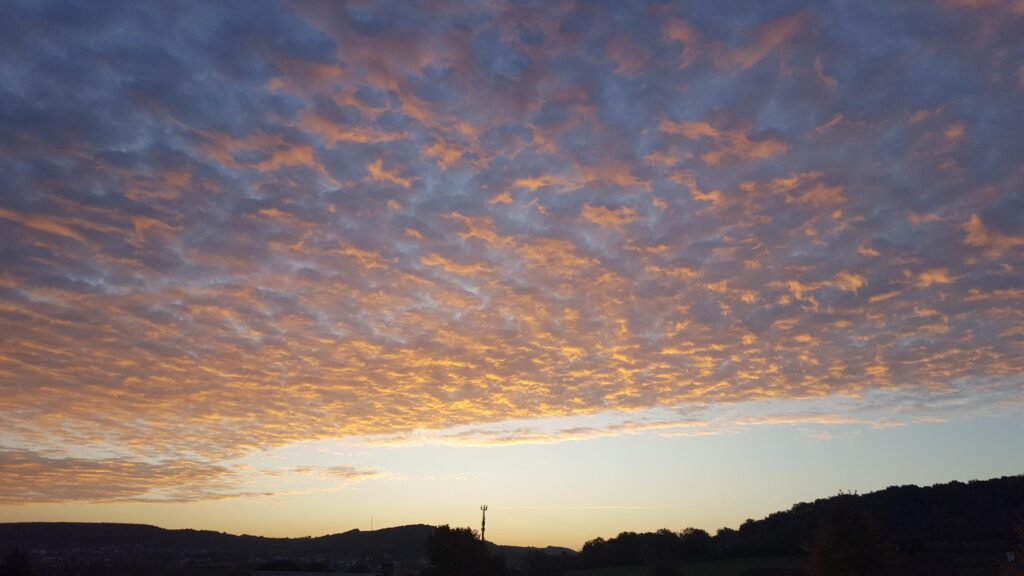When we learn a method, we usually learn how to use it. What this helps us do, is train its usage and learn to see what it creates.
But, knowing how to use a method is only the first half of the journey. Depending on how we train and appreciate the results we can choose two different paths. One is to have a technique and to make a habit out of it. The other is to learn from the impact it has. It’s that impact that helps us to figure out we have to apply the technique to achieve the impact we seek to achieve.
By making a habit out of it, we end up mechanically doing things. We don’t create awareness of what is happening during the action. It’s what our brain does to preserve energy. This allows us to handle parallel tasks like doing the dishes and thinking about something else. Or helps us handle complex tasks like breathing or walking without us needing to pay attention to these activities. We’ll only pay attention to these tasks when there is a need for it. Usually, this is when our senses tell us to pay attention, especially when there is a problem.
Things are different if we aim to continuously become better at it. When we aim to become better at it, we’ll pay full attention. We’ll monitor our behavior, our senses, and our thoughts. We’ll go back to the situation to analyze it and prepare the next action to be clear on our intent.
This is also valid when doing knowledge work. We can grasp a concept or technique using our thoughts. We can’t move beyond the technique without having involved our senses when we apply it. Knowledge work requires us to track our feelings. The challenge here can be to confuse emotions with our thinking about them. That’s when the inner critic becomes active. Noticing when emotions appear helps us to capture the impact of our actions on ourselves or the other. Understanding the impact then leads to seeing where and when we’ve been successful in applying the learned technique and where we need to reflect on how to change it. Paying attention to our senses opens the door to integrate the learning and become the professional we aim to be.

